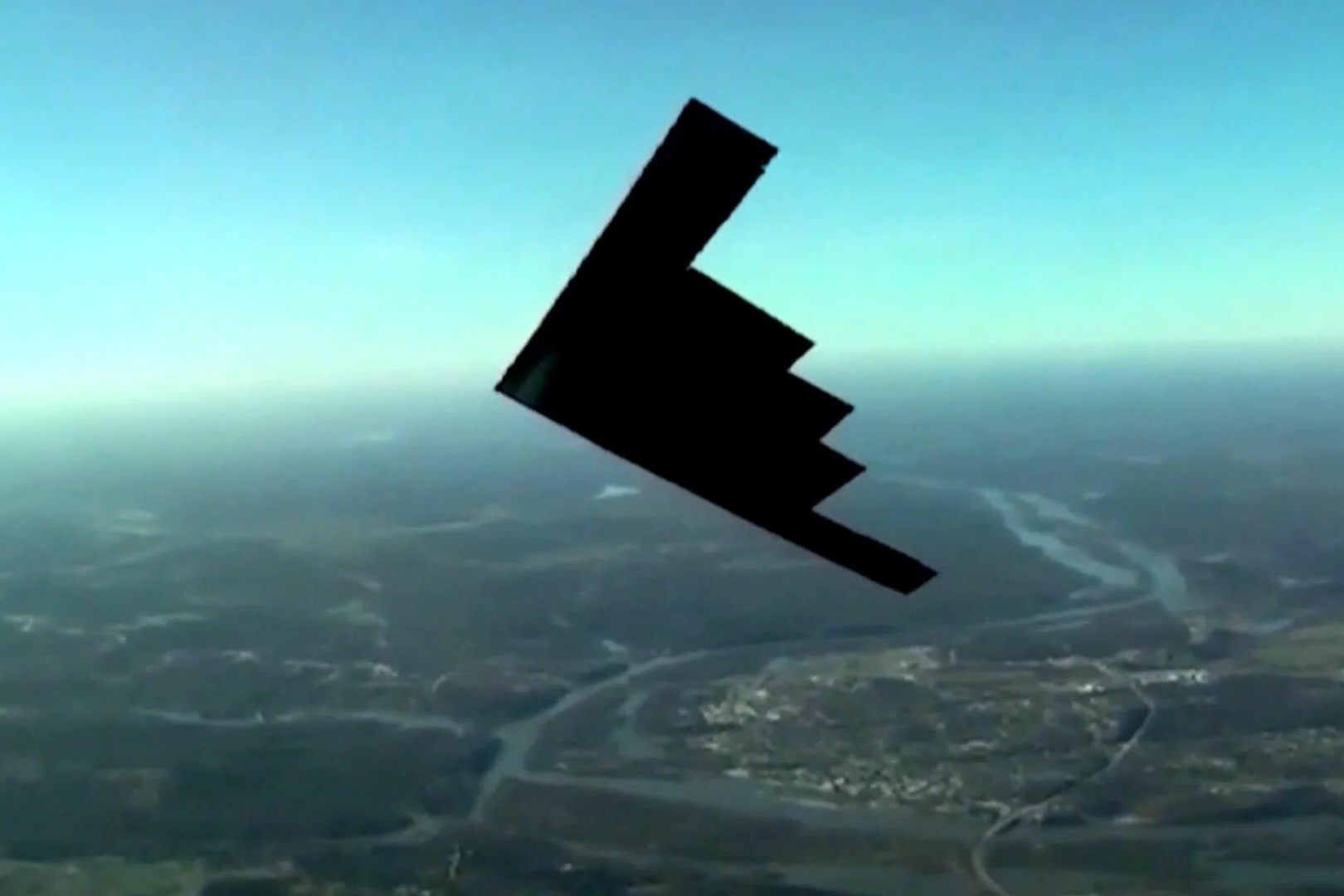
Why has the U.S. conducted military strikes on Iran? The reasons are complex but often revolve around national security, regional stability, and protecting American interests. Military strikes have been used to counter perceived threats, such as nuclear development, terrorism, or aggression towards allies. Iran's strategic location and its influence in the Middle East make it a focal point for U.S. foreign policy. Economic sanctions and diplomatic efforts sometimes fail, leading to military action as a last resort. Understanding these strikes requires looking at historical context, political motives, and the broader geopolitical landscape. Stay informed to grasp the full picture of these critical events.
Historical Context
Understanding the background of U.S. military strikes on Iran requires a look at the historical context. These events are deeply rooted in decades of geopolitical tension and conflict.
-
The U.S. and Iran have had a strained relationship since the 1979 Iranian Revolution, which saw the overthrow of the U.S.-backed Shah and the establishment of the Islamic Republic.
-
In 1980, during the Iran-Iraq War, the U.S. supported Iraq, leading to further animosity between the U.S. and Iran.
-
The U.S. conducted Operation Praying Mantis in 1988, the largest naval battle since World War II, in retaliation for the mining of the USS Samuel B. Roberts by Iranian forces.
Notable Incidents
Several key incidents highlight the ongoing conflict between the U.S. and Iran. These events have shaped the current state of affairs.
-
In 1988, the U.S. Navy shot down Iran Air Flight 655, killing 290 civilians. The U.S. claimed it was a mistake, believing the plane was a fighter jet.
-
In 2011, the U.S. accused Iran of plotting to assassinate the Saudi ambassador in Washington, D.C., escalating tensions further.
-
In 2019, the U.S. blamed Iran for attacks on oil tankers in the Gulf of Oman, leading to increased military presence in the region.
Modern Strikes
Recent years have seen a continuation of military actions, reflecting the ongoing volatility between the two nations.
-
In January 2020, the U.S. conducted a drone strike that killed Iranian General Qasem Soleimani, a pivotal figure in Iran's military operations.
-
Following Soleimani's death, Iran launched missiles at U.S. bases in Iraq, causing traumatic brain injuries to over 100 U.S. soldiers.
-
In 2021, the U.S. launched airstrikes against Iranian-backed militia groups in Syria, citing self-defense against ongoing attacks on U.S. personnel.
Political Ramifications
Military strikes have significant political consequences, influencing both domestic and international policies.
-
The killing of Soleimani led to widespread protests in Iran, with millions mourning his death and calling for revenge against the U.S.
-
U.S. strikes have often been met with criticism from international allies, who fear escalation into a broader conflict.
-
These military actions have also impacted U.S. presidential elections, with candidates often debating the best approach to handling Iran.
Economic Impact
Military actions have far-reaching economic implications, affecting global markets and national economies.
-
Oil prices often spike following U.S. strikes on Iran, given the region's critical role in global oil supply.
-
Sanctions imposed by the U.S. on Iran in response to military conflicts have crippled Iran's economy, leading to widespread hardship for its citizens.
-
The defense industry in the U.S. benefits from increased military spending, driven by ongoing tensions with Iran.
Reflecting on U.S. Military Strikes on Iran
Understanding the history of U.S. military strikes on Iran helps grasp the complexities of international relations. These events have shaped policies, influenced global alliances, and impacted countless lives. From the 1953 coup to the 2020 drone strike, each incident carries significant weight. Knowing these facts provides context for current tensions and future decisions. It’s clear that the relationship between the U.S. and Iran is intricate, marked by a series of strategic moves and countermoves. By staying informed, we can better appreciate the delicate balance of power and the importance of diplomacy. This knowledge not only enriches our understanding of history but also prepares us for the future. Keep these facts in mind as you follow ongoing developments in this ever-evolving geopolitical landscape.
Was this page helpful?
Our commitment to delivering trustworthy and engaging content is at the heart of what we do. Each fact on our site is contributed by real users like you, bringing a wealth of diverse insights and information. To ensure the highest standards of accuracy and reliability, our dedicated editors meticulously review each submission. This process guarantees that the facts we share are not only fascinating but also credible. Trust in our commitment to quality and authenticity as you explore and learn with us.
